Where Artists would like to go
Some of our partner houses are not only adorned with art butare also ideal for artistic stays or even offer their own artist-in-residence programmes. Artists are welcome to the world of inspirational living!
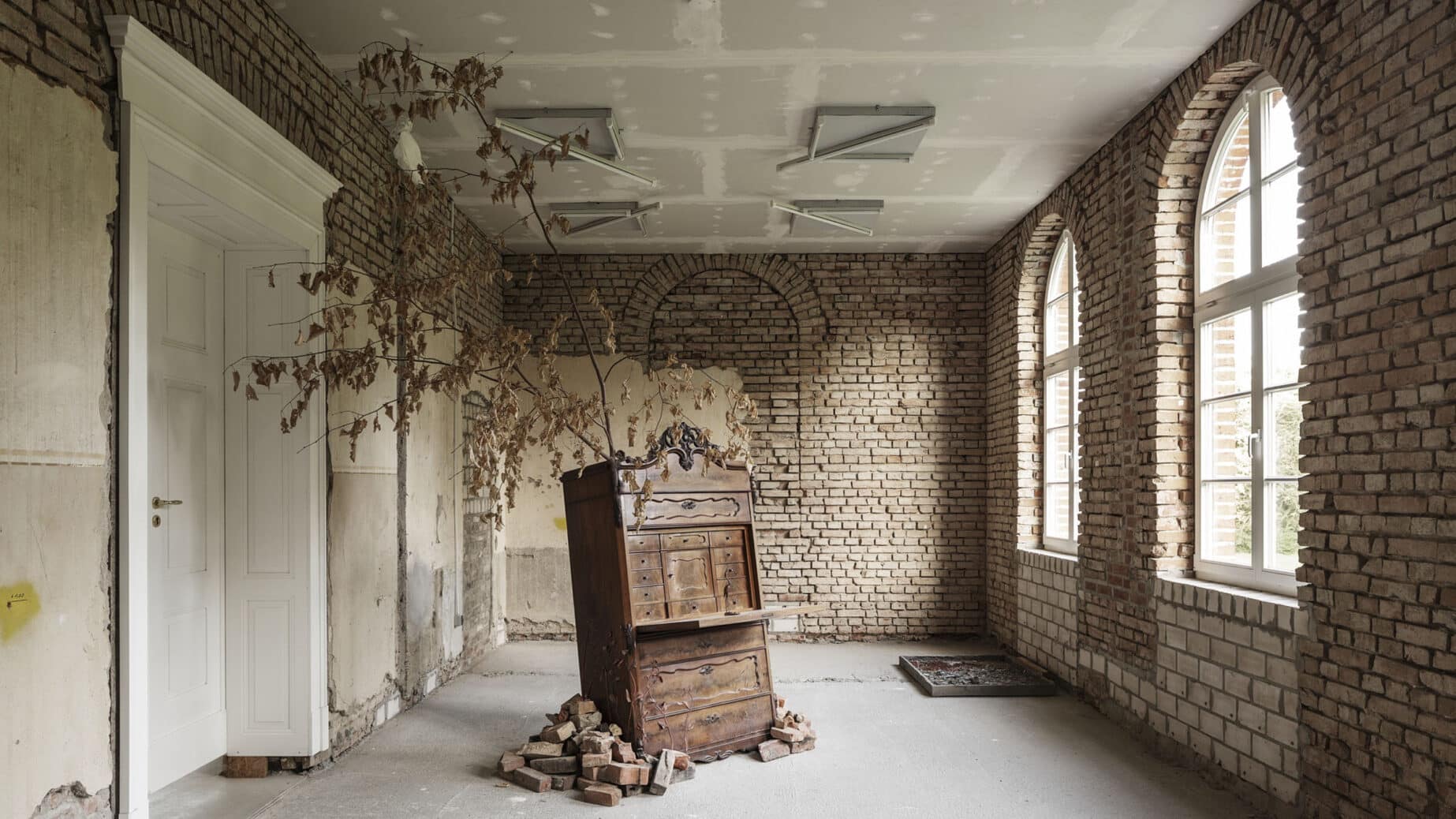
Porcignano
Porcignano in Chianti was the private summer home of Leo Lionni. The photographer, painter, graphic designer and sculptor will be familiar to many parents because of his famous children’s books, such as the classic about Frederick the Mouse. The estate in Porcignano not only housed Lionni’s studio, but it was also a meeting place for his international circle of friends. This spirit is still perceptible – works of art and handicrafts from all over the world can be seen everywhere in the villa. Today, Leo Lionni’s grandson Pippo lives in and breathes life into the studio, and his recent works are an interactive, improvisational exchange between abstract painting, sculpture and contemporary music. In the off-season, the property is also available as accommodation for architects or artists-in-residence.
Kranich Hotel (The Crane Hotel)
The Kranich Hotel near the Bodden coast of Western Pomerania includes a hotel, a café and a museum for contemporary art. It is hosted by historian Dr. Bettina Klein, who from the very beginning has also been running an artist-in-residence programme for artists and performers from the field of visual arts.
Fordypningsrommet Fleinvær
In the far north of Norway – on a small island in the Fleinvær archipelago on the Arctic Circle – the composer and musician Håvard Lund has created a retreat for artists and holidaymakers. Through direct contact with nature, guests are encouraged to be inspired and stimulated to be creative. The Arctic Hideaway is a small village consisting of ten single-purpose houses. Here, even the name says it all, because Fordypningsrommet means “space for deep thoughts”. An artist-in-residence programme is offered for artists.
Das blaue Pferd (The Blue Horse)
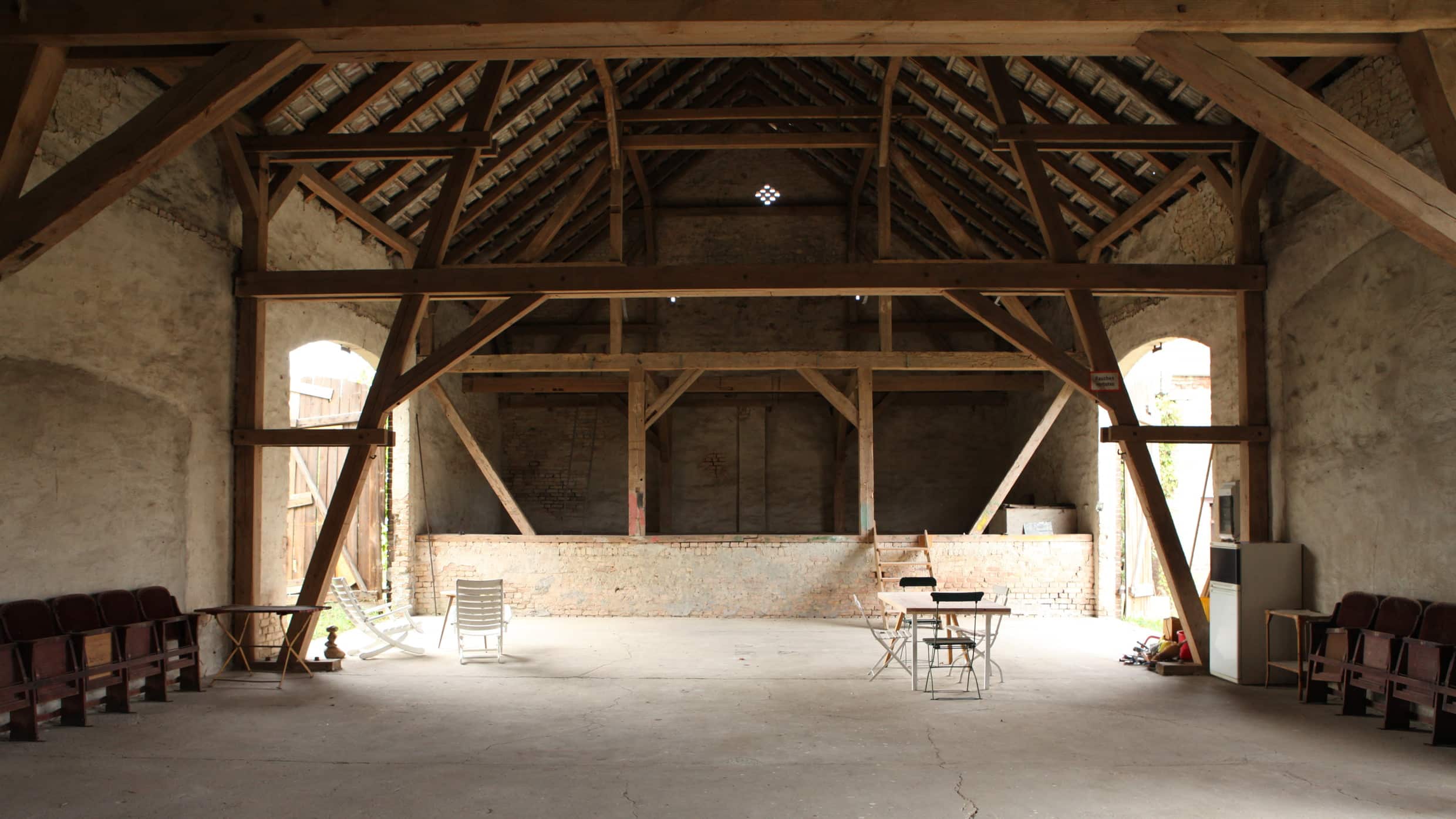
In an old four-sided farm in the north-west of Brandenburg, the Berlin artist Elisophie Eulenburg has created a venue on the outskirts of Berlin that is intended to promote exchange between city and country. The courtyard offers space for living, for holidays, for concentrated work and for cultural activities. The four houses of the heritage listed ensemble have been carefully renovated and offer a total of ten places to stay. In the large barn, which can also be rented on request, there is space for a wide variety of activities such as exhibitions, readings, music events or workshops. In the coach house there are workrooms and writing rooms. The Blue Horse promotes art and cultural stays.
Loft in der Nudelfabrik (Loft in the Noodle Factory)
Zeitz in the south of Saxony-Anhalt is a city in transition. One of the initiatives to revitalise the former industrial city is the conversion of a former noodle factory into a centre for creativity. In 2017 Birgit and Mathias Mahnke bought the factory, which dates back to 1909 and have since been developing the 12,000-square-metre site into a place for visual arts and virtual reality – with exhibition spaces, a co-working space and accommodation for artists. For guests who want to be very close to art, the holiday apartment is a good choice: the Loft in the Nudelfabrik.
If the Loft is fully booked or people prefer to go to Leipzig, the hosts offer three other lofts in old industrial buildings that are used for cultural purposes.
Château de Sibra
In the spirit of the inventor, far away from everyday life and the constrictions of its conventions, Joseph Villary de Fajac created an Arcadian idyll around 1880 that still inspires its guests today: Château de Sibra at the foot of the Pyrenees. Host Sibylle Thomke, who as an architect is also responsible for the conversion of the château and its outbuildings, invites guests to stay for art and work: Artists’ accommodation consists of a combination of sleeping and working space. If you are looking for inspiration, go to the extensive park, which was laid out and recently restored as a romantic “jardin exotique” with a multitude of small display buildings, so-called “fabriques”, various rocaille ornaments and a variety of tree species in the style of an educational arboretum.
Gutshaus Zarchlin (Zarchlin Manor House)
The historic manor house on the outskirts of the small village of Zarchlin in Mecklenburg-Western Pomerania tells an exciting (architectural) story from the outside to the inside: from its origin in 1879 as the home of the landowner’s family to its function as a town hall, neighbourhood workshop, shop or place for festivities and celebrations in GDR times. Today, the guest house continues to function as a versatile space – for retreats or socialising in the common rooms, for couples, families or as a meeting place for workshops and seminars. The house also strikes the right note with musicians, because in addition to a high-quality, sound-optimised rehearsal room, a large hall is also available.
Kuća Fotografa
The small stone house in the Croatian fishing village of Novigrad is known as the “photographer’s house”. Nikica Karavida, who was the first official photographer in the region during the 1920s and 1930s, had his home and studio here. During the war in Croatia, the house was destroyed and stood empty until 2015. The artist and designer Boris Kajmak renovated the house and turned it into a holiday home for two guests. As a tribute to Nikica Karavida, the photographer’s works can be found throughout the house.
Petersbergapartments
Waldkirchen in the Upper Palatinate is not only a place of pilgrimage but since the conversion of the former rectory has also become a destination for lovers of art and architecture.
Gallery owner Michael Zink has converted the former barn into an exhibition and gallery space. Designed by the Swiss architecture firm Atelier Dimanche, from the outside the building blends harmoniously into its rural surroundings: Quarry stone walls and larch wood slats concealing the windows are reminiscent of the old barn. Inside, a high wide space opens in a minimalist atmosphere, where red cotto bricks and exposed concrete meet glass and steel. The gallery space and access to the roof terrace are on the first floor. An artist’s apartment and a studio apartment for holiday guests are on the top floor. Here, art is not only present in the current works of art displayed on the walls: Through an interior window, you can look into the gallery’s seven-metre-high exhibition space.
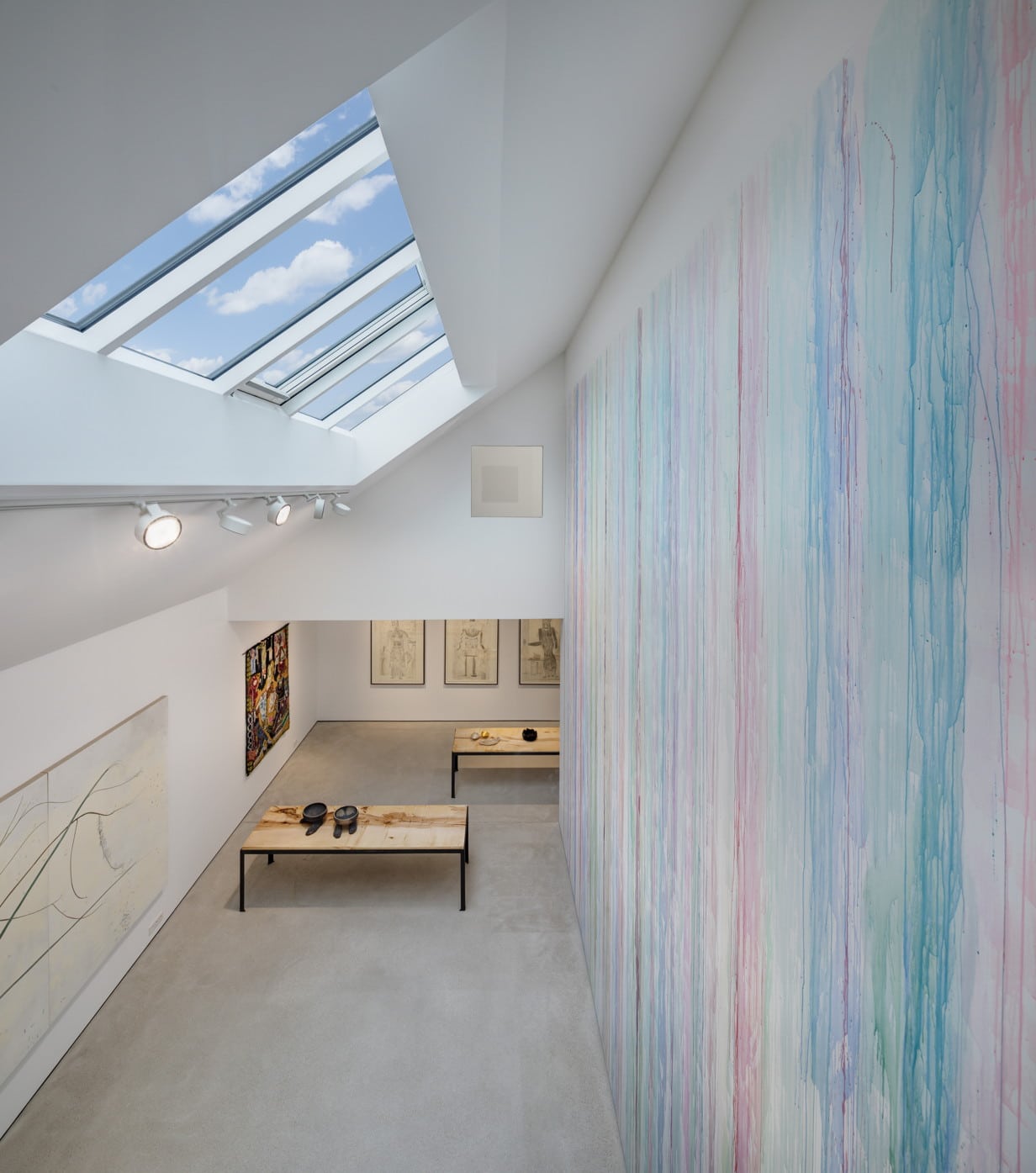
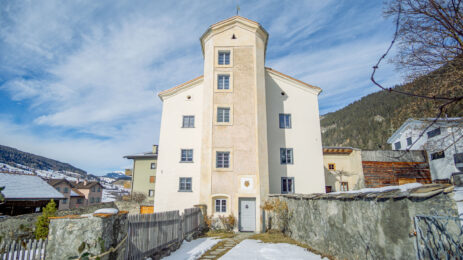

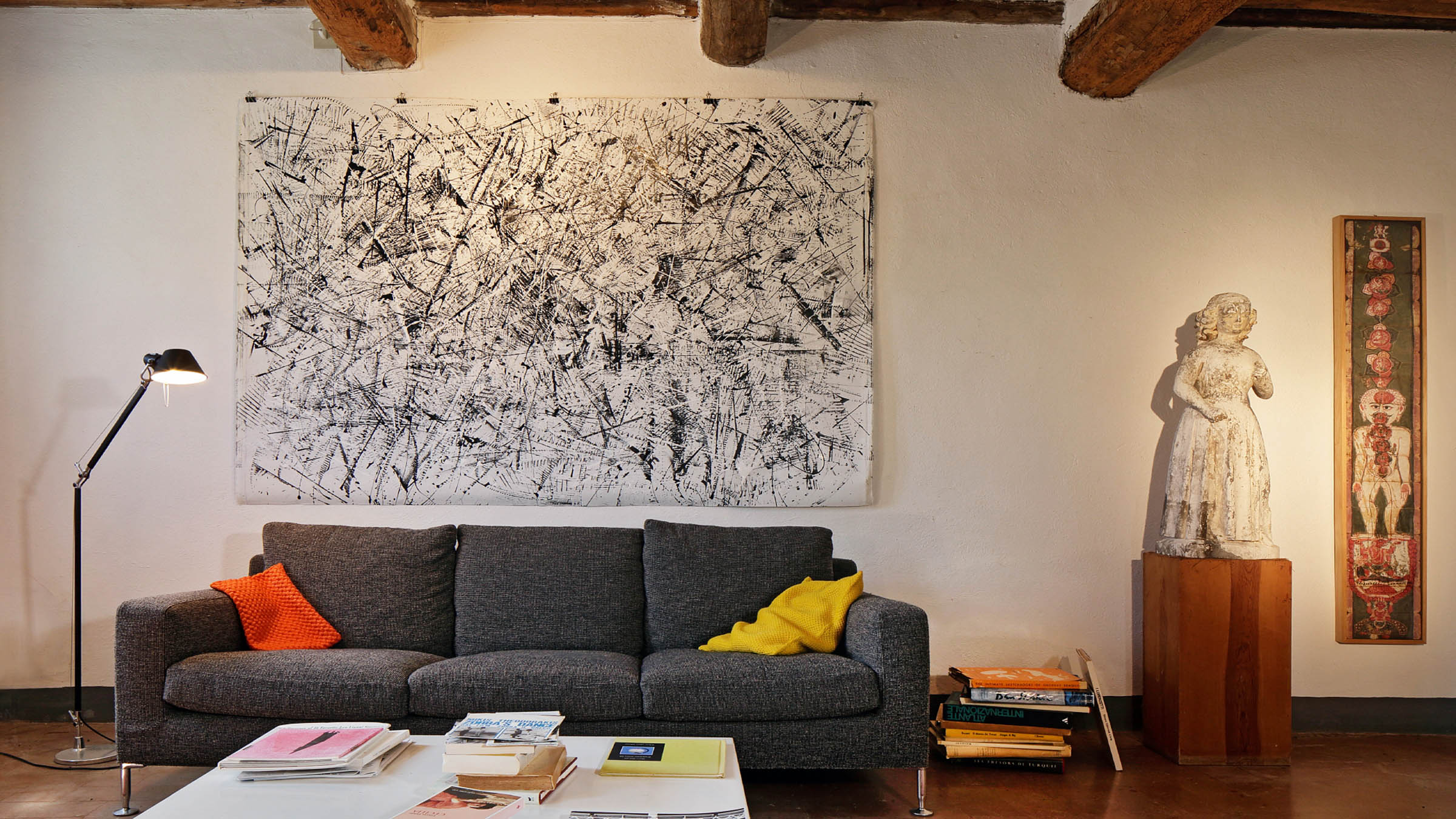
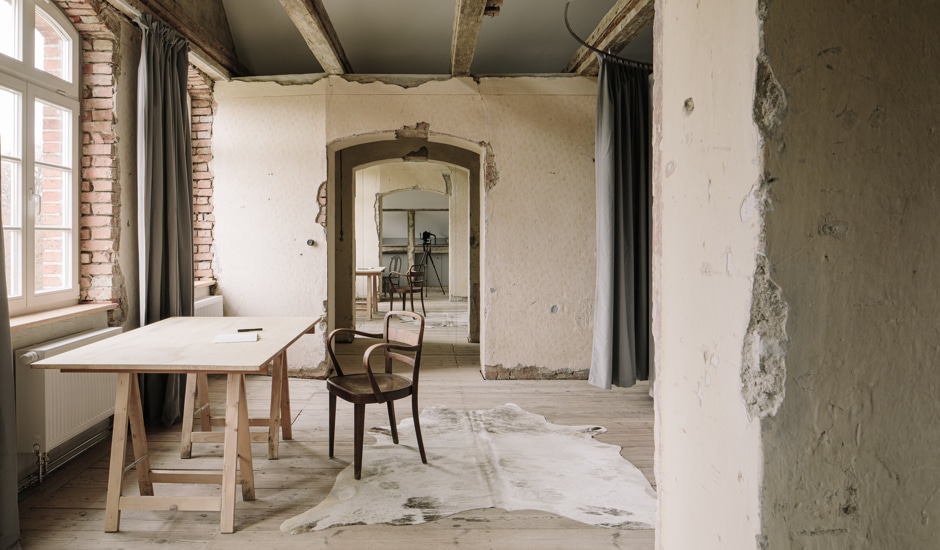
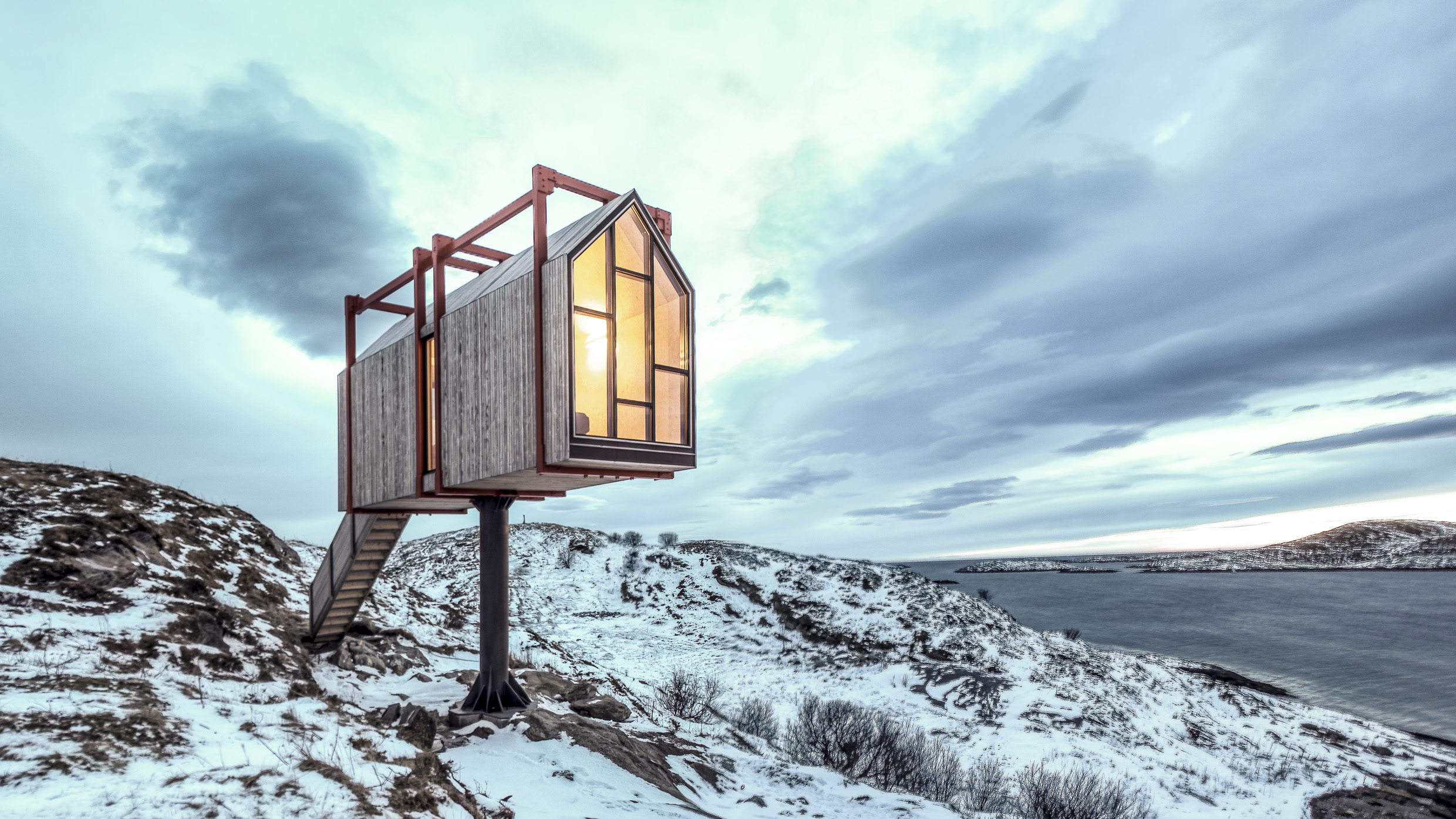
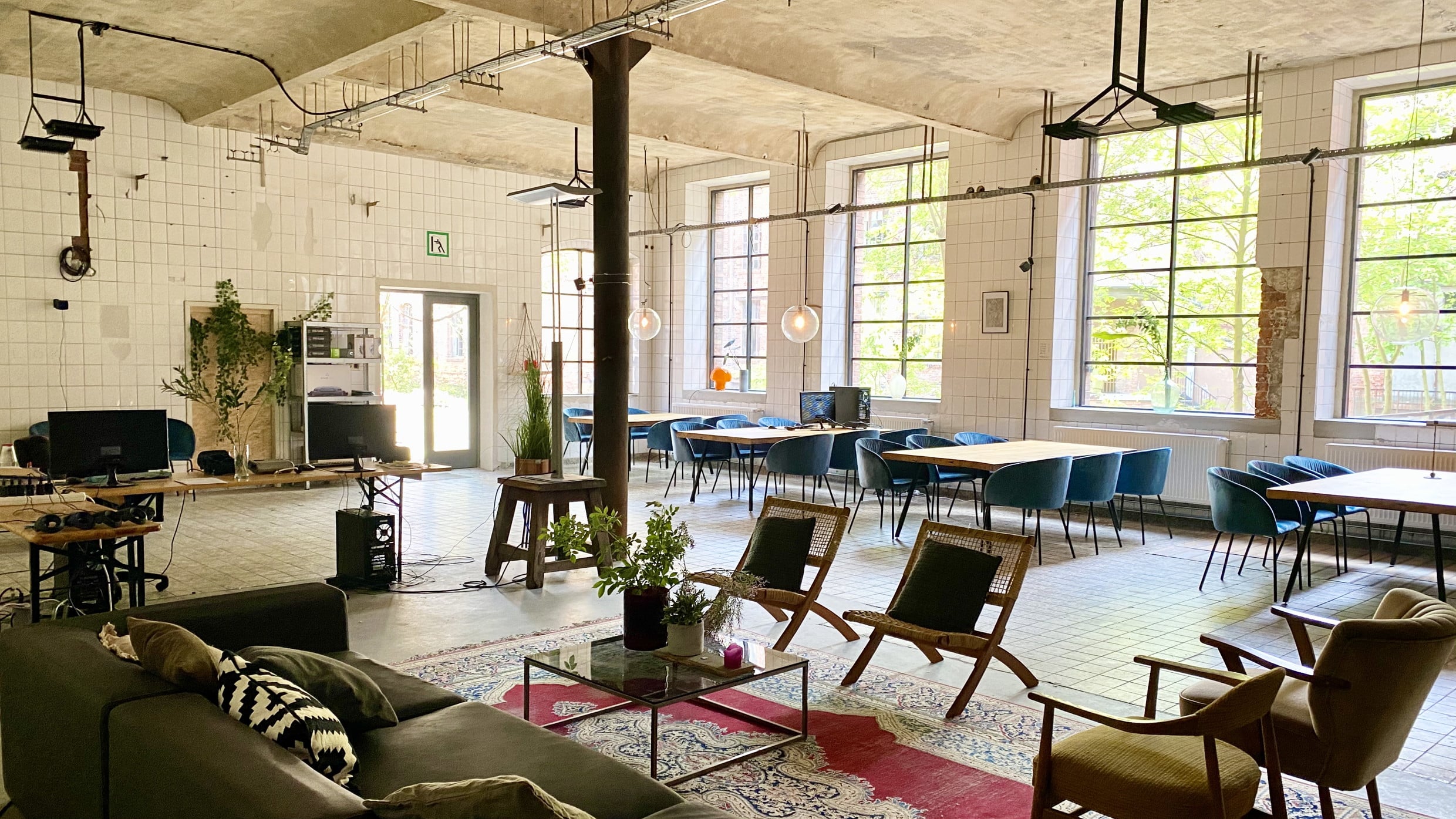
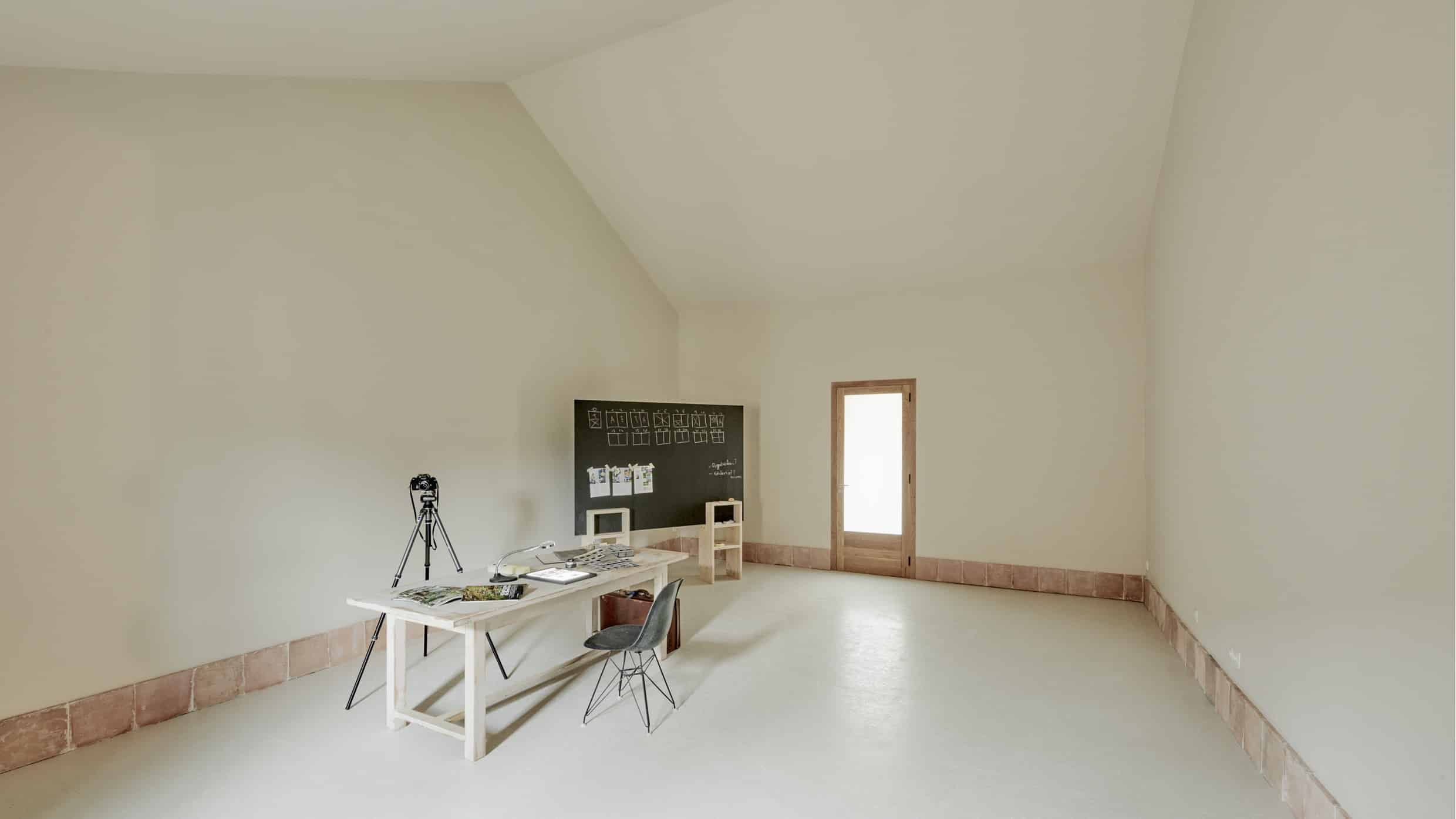
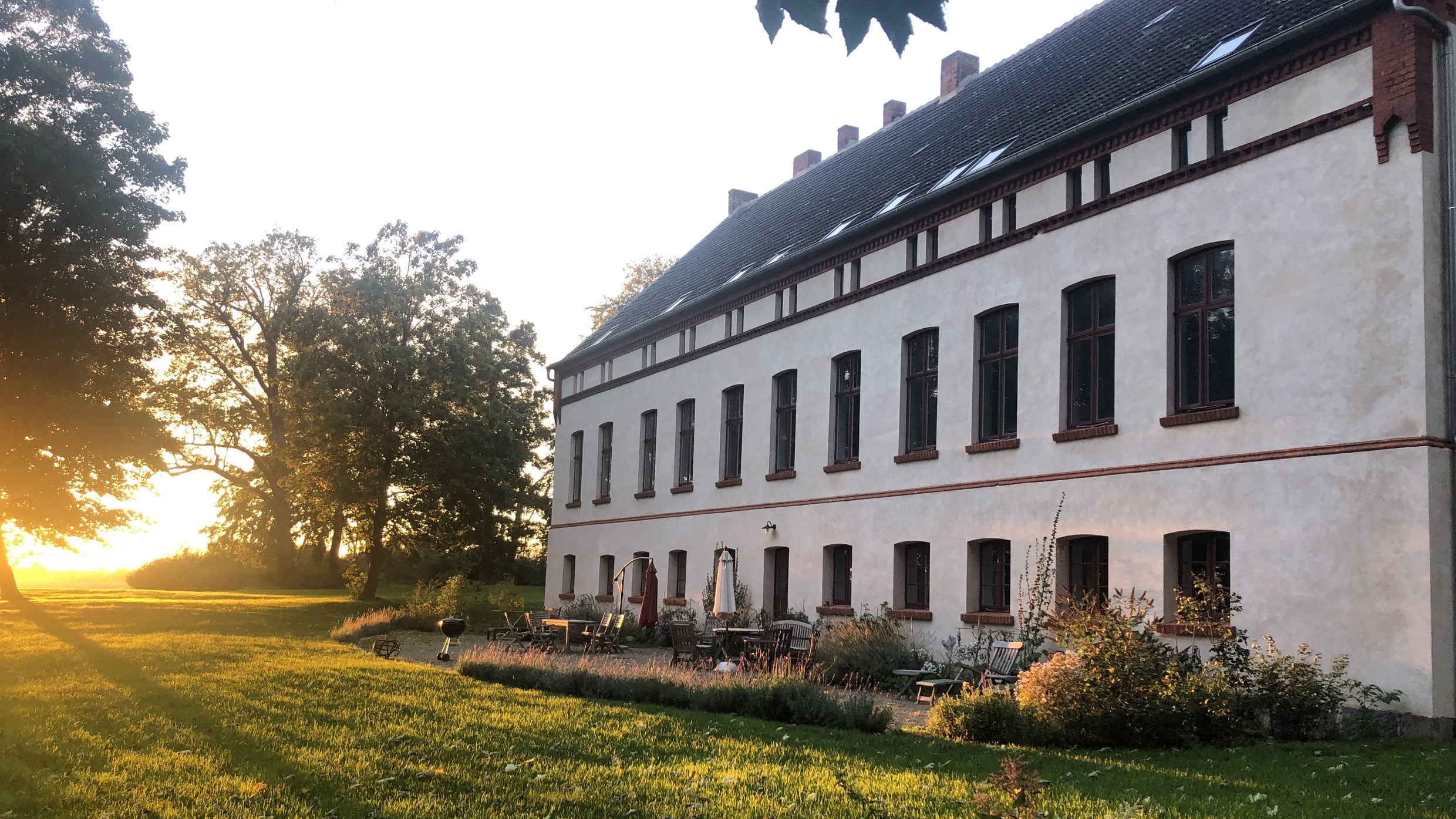
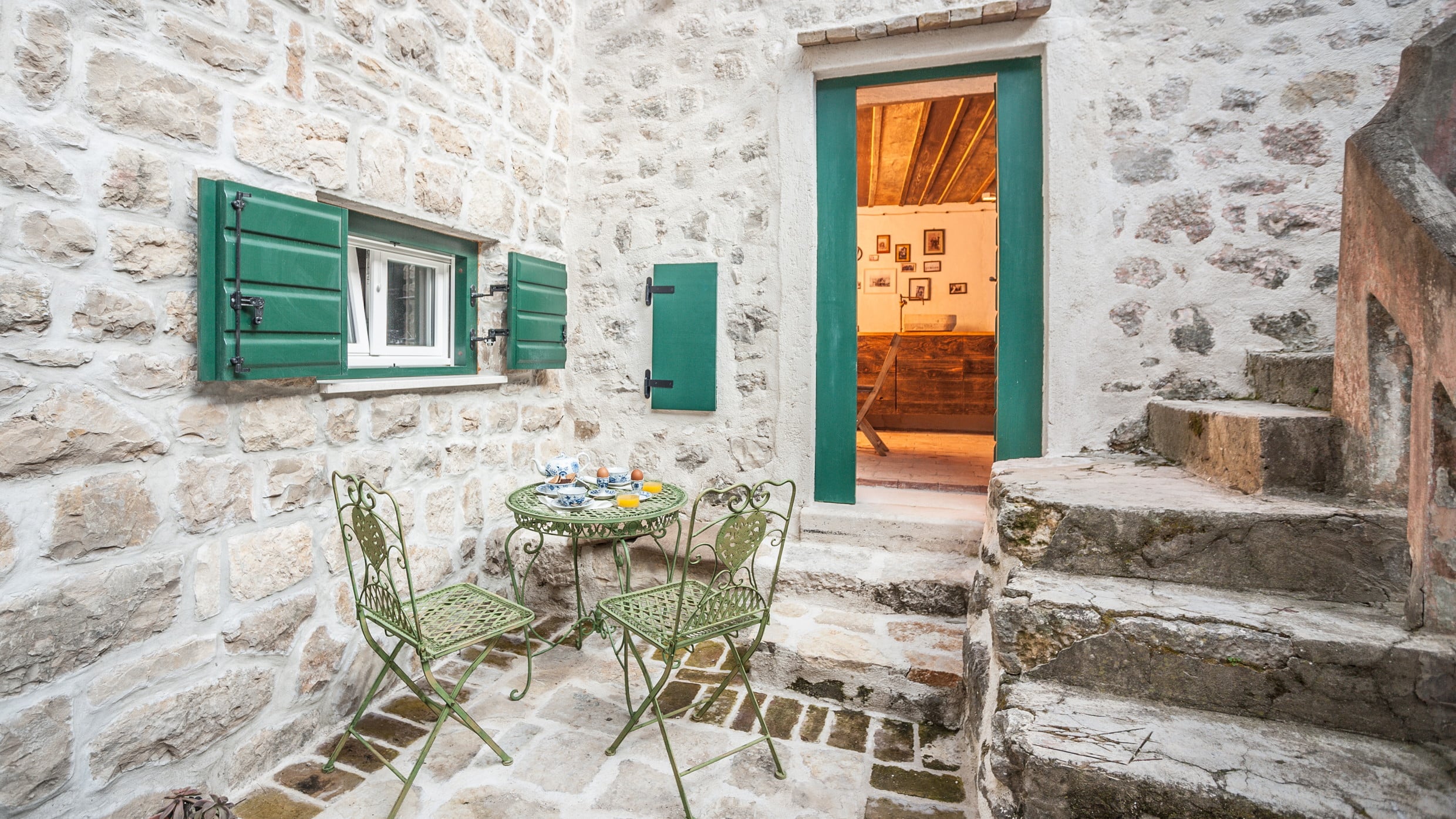
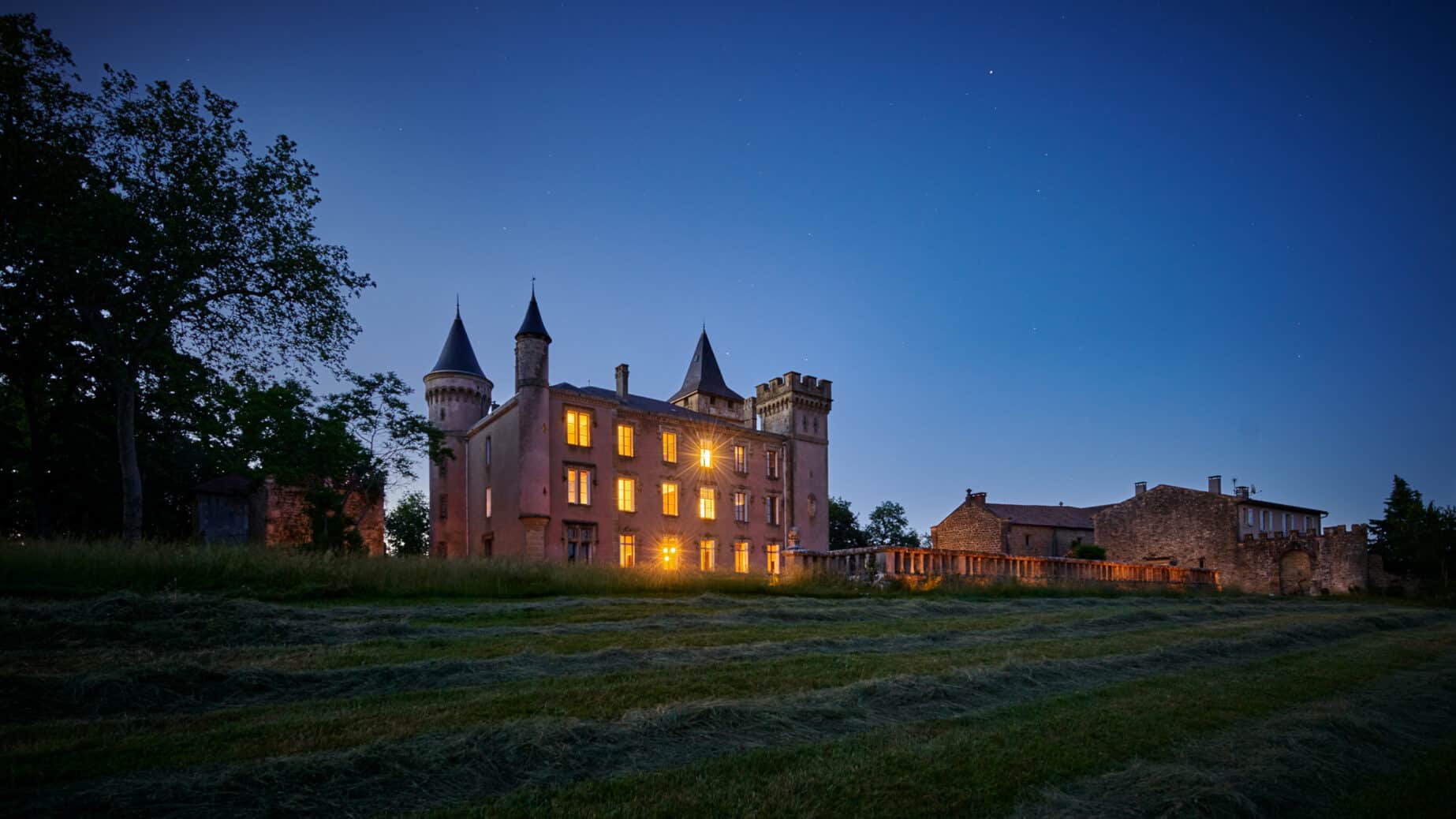
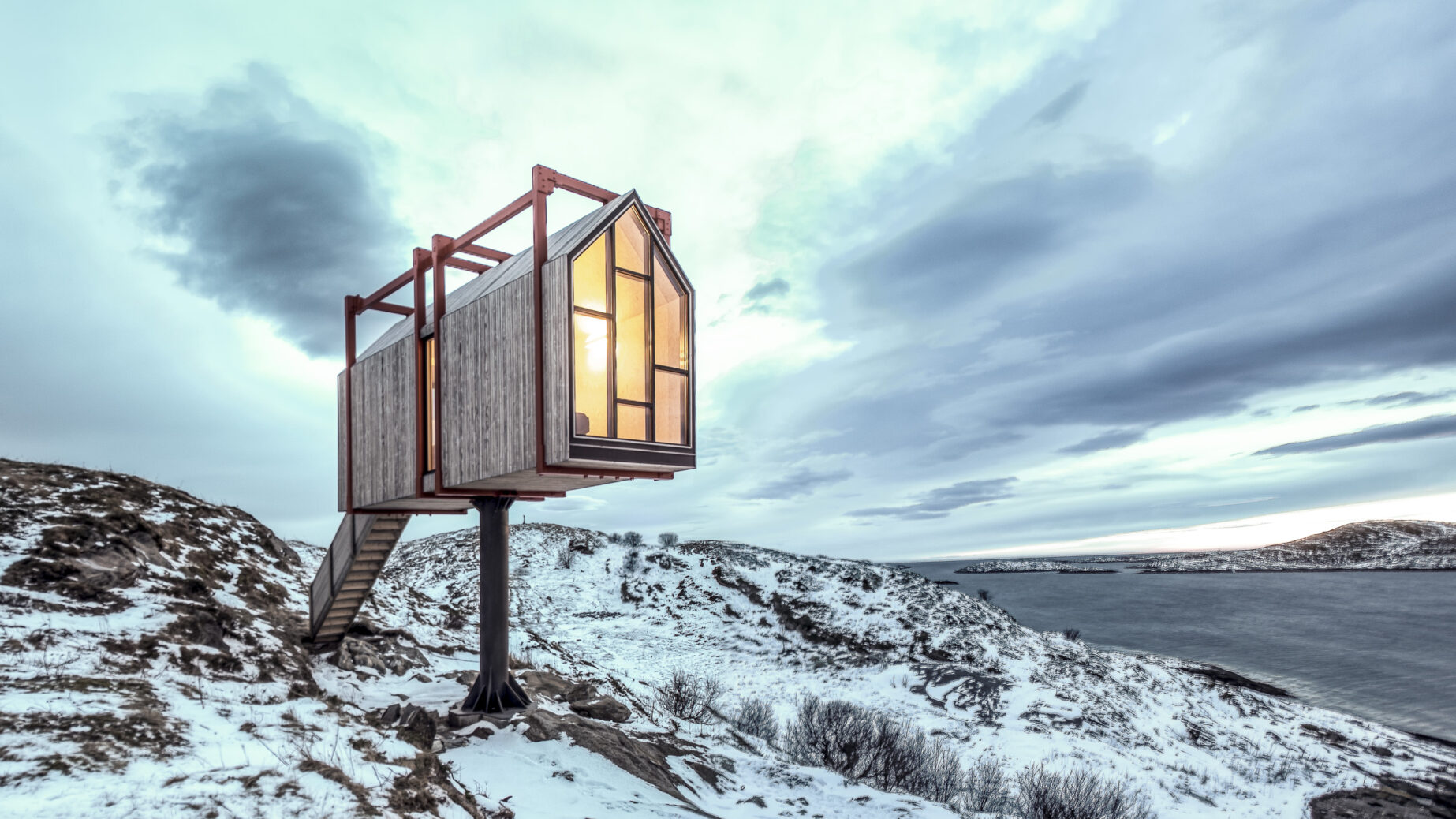
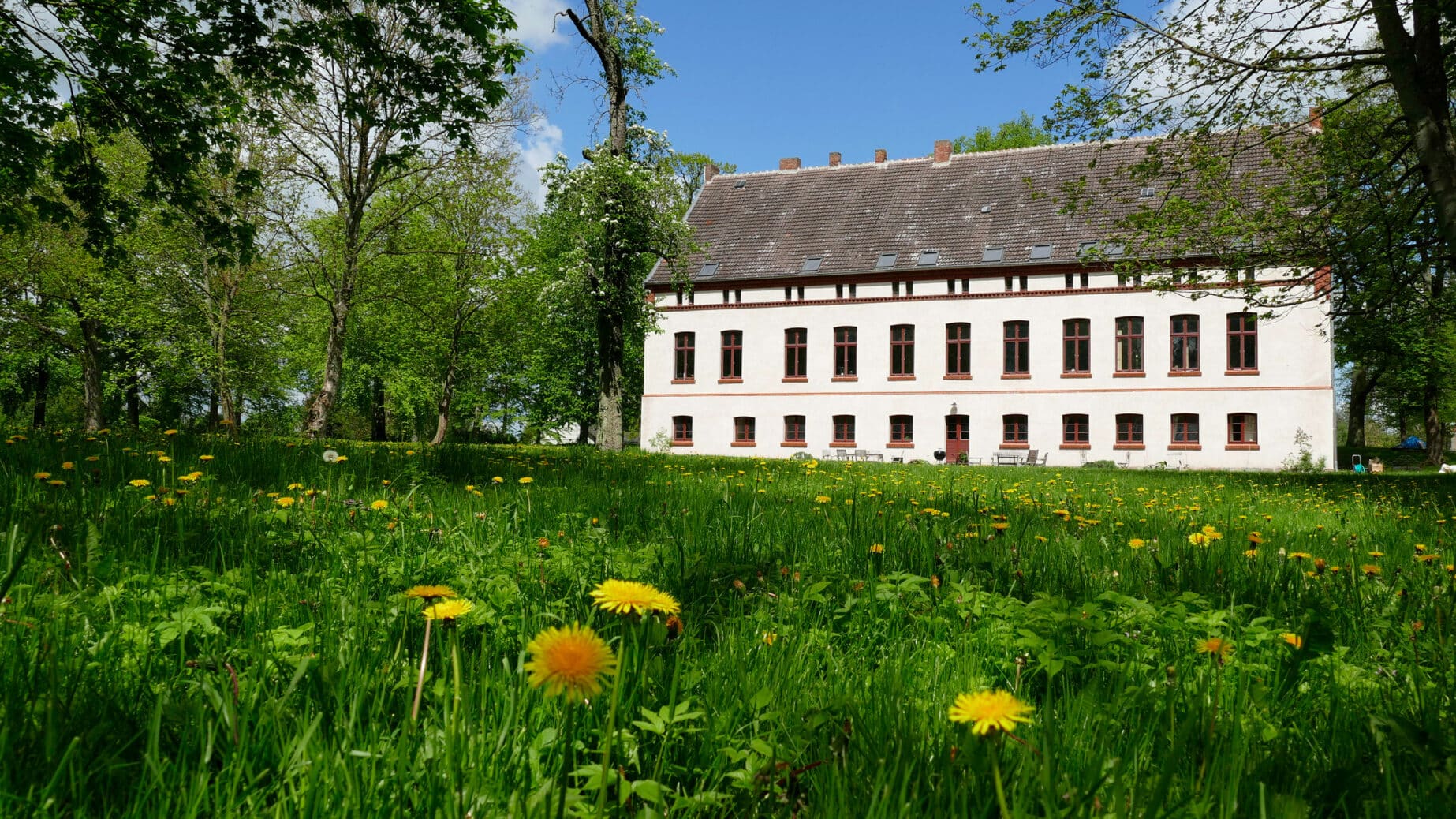
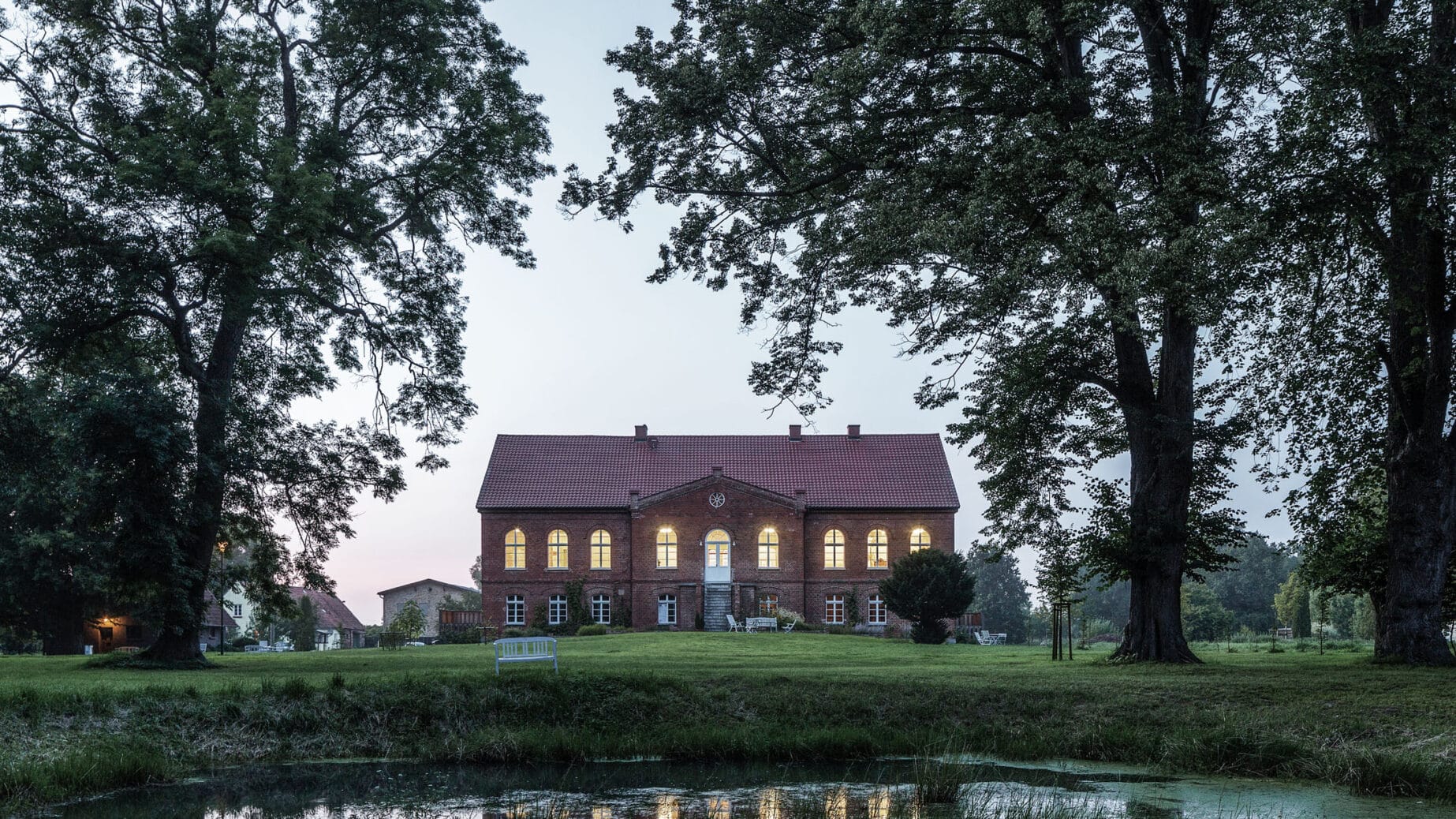
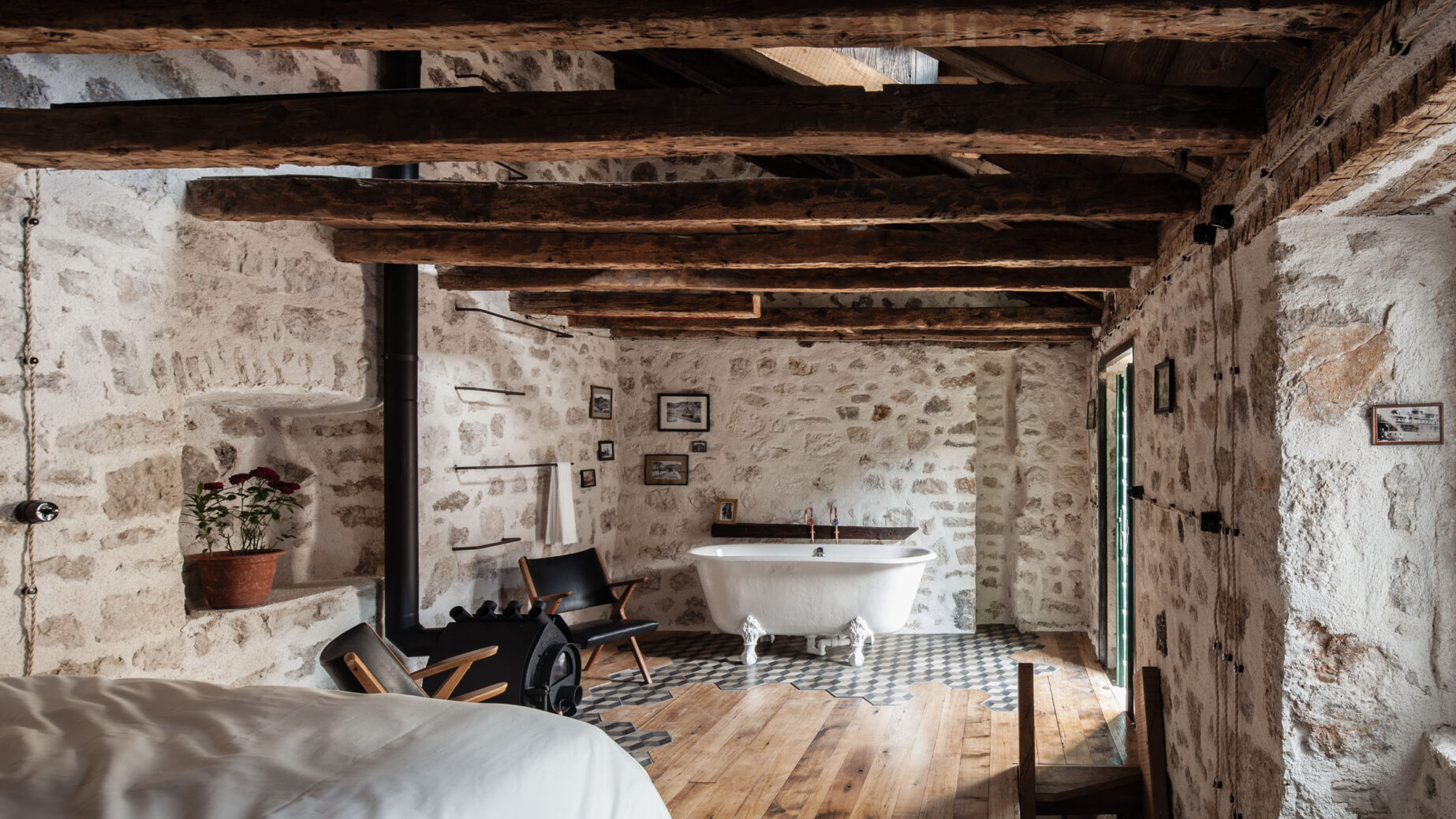
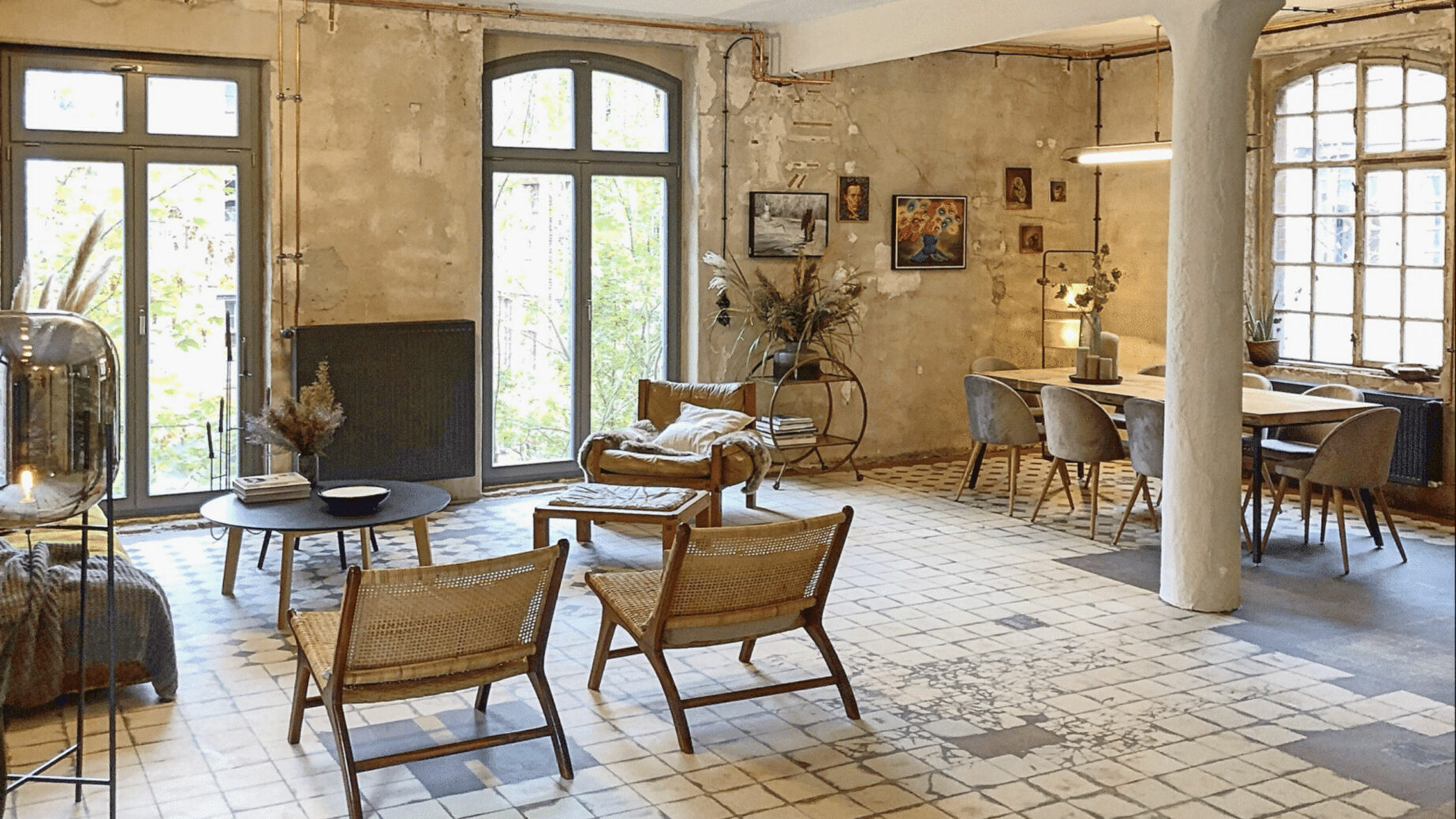
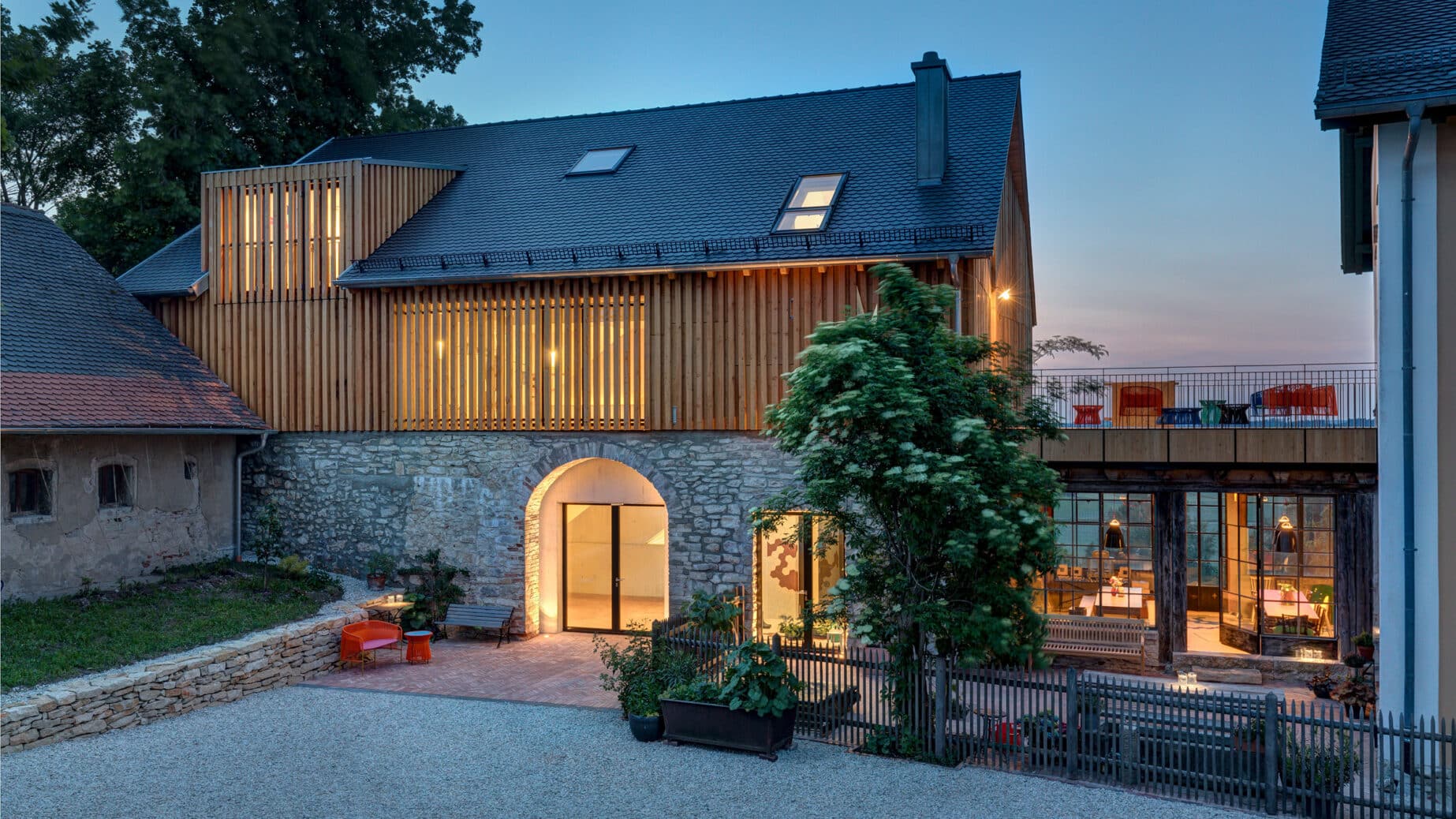
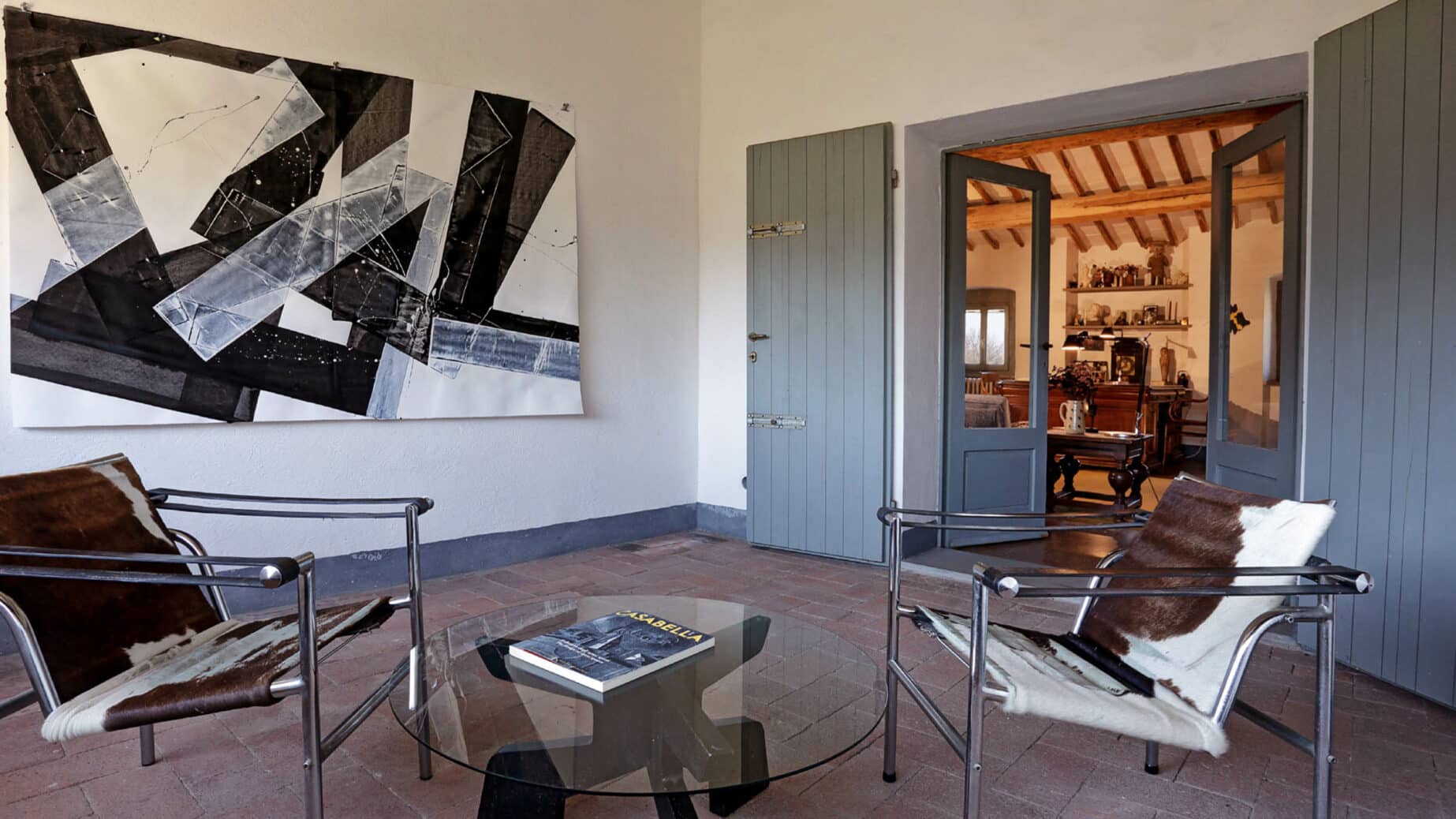
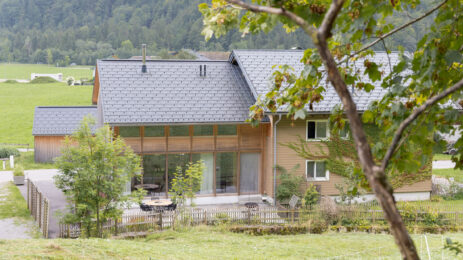
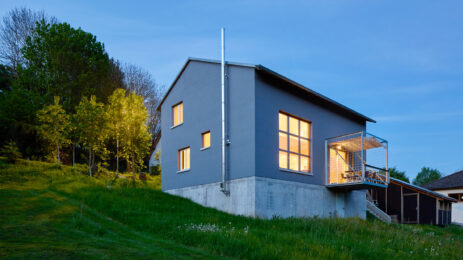
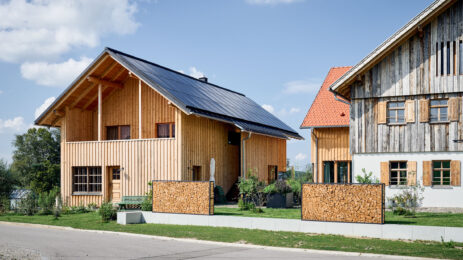
0 Comments